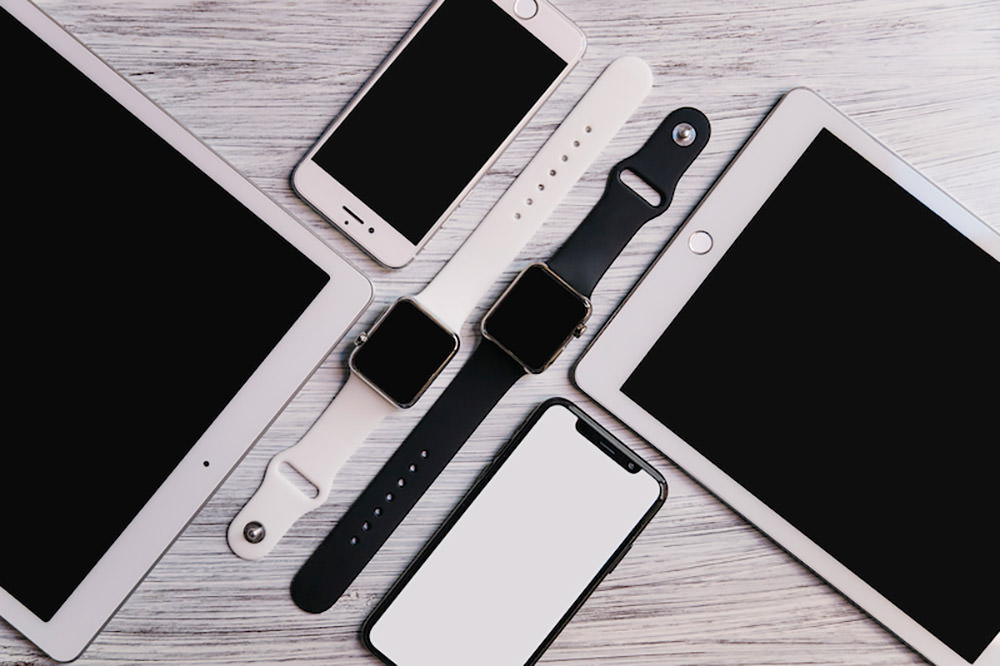5 Superstitions in Design That Clients Believe
People are amazingly self-deceptive. We allow ourselves to believe many things that aren’t true, simply because they make us feel better or fulfill a need we have. And plenty of other people love to take advantage of this fact. From advertisers to employers to politicians, there is a never-ending the stream of people who will tell us exactly what we want to hear.
This, of course, also extends to design. However, as designers, we have the ability to help people make sense of their lives and make wise decisions as consumers.
Recommended Reading: Do Designers Live In A Bubble?
1. Snob Appeal: "This" Is Better Than "That"
What users believe is true about a product can be quite different from reality. A good example of this is luxury cars versus ordinary cars. Technically, there isn’t much difference in the manufacture of a luxury car versus a normal car. Sure, there may be a couple of standard parts or finishes that are swapped out at the factory.

However, the way in which luxury cars are marketed to buyers makes it seem as though luxury cars are in an entirely different stratosphere, which they aren’t. The driving experience may be marginally better. The seats may be a softer leather, and the paneling on the dashboard may be polished wood rather than plastic. But it’s still just a car.
The frame is the exact same kind of metal (it has to be – safety regulations demand it), and you still get from point A to point B in the same amount of time. You’re not any safer in a luxury car than you are in a regular car – the real difference is in your head. It’s all about the visceral experience – most of what we do is subconscious, so we don’t know why we are doing it. More importantly…
2. Large And In Charge
People like to feel in control of their surroundings. They use design as a way to feel in control. It’s an emotional, subconscious response. After all, designed products help us live our modern lives with ease and practicality. We get more done, travel further, make more connections in the world, and conduct more efficient business.

People love to use a design in an unconventional way: they’ll hack it, modify it, even vandalize it. You can tell a lot about people’s need for control of their environment, and their own thought processes, by studying graffiti and street art.
Every culture with stationary, public structures has a form of it. It’s the same underlying principle that explains my switch from paper to my smartphone: when we feel more in control, we gradually become more in control.
Read Also: How To Quit Acting Like An Amateur Designer
3. Image and Design
It’s about image, not about the product. You buy a fancy bottle of water for the bottle, not the water. Just recently, I switched from keeping my to-do lists in a notebook to keeping them on my phone. Why did I do this? Is my phone a better way to keep to-do lists? Will I actually become more efficient? Well, yes and no. I’m beginning to travel more for work, and I need to keep my luggage as light as possible. So anything I can get rid of, like bulky notepads, is a benefit.

But also, a cleanly designed timekeeping app on my phone makes me feel more in charge – I actually feel like I’m getting more done now than I have in the past. And the amazing part is, it becomes true the more I believe it. When we give in to our brain’s tendency to fantasize, the fantasy will eventually become real, if at all possible.
4. Trend Mentality
There are people who wait in line for two days to get the newest gadget from Apple. They’re there for the cachet of owning a new device, not for the device itself. There’s nothing wrong with their old iPhone – they just need to have the new one because they need to feel on the cutting edge.

This can be indicative of a larger problem, such as low self-esteem, or it could simply be that the advertising industry knows exactly how to push our buttons and make us feel as though we “must” have that new item.
Read Also: Developing Good Taste In Design
5. Mob Rule
People care a lot about what others think of them. They categorize themselves into different design cultures, because it’s culturally expected of them. Even people who say they don’t care about design do so very consciously. It takes a certain belief to detach one’s self from design, just as it does to embrace design.

People don’t generally like to admit that design has such a severe hold on their habits and lifestyles, but it’s 100% true nonetheless. This is very important “secret” information for designers to keep in mind at all times.
What Do You Think?
Have you noticed these superstitions clouding the minds of your users, your clients, or maybe even you? How do you use people’s ideas about design to help them better arrive at solutions to their problems?